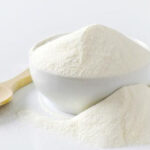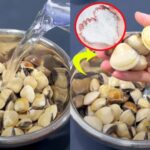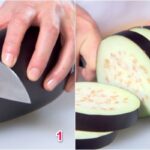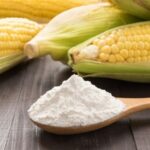Peanuts are not only nutritious but also versatile in cooking. They can be boiled, crushed into a sauce, or pressed to make vegetable oil for cooking, all while providing great health benefits.
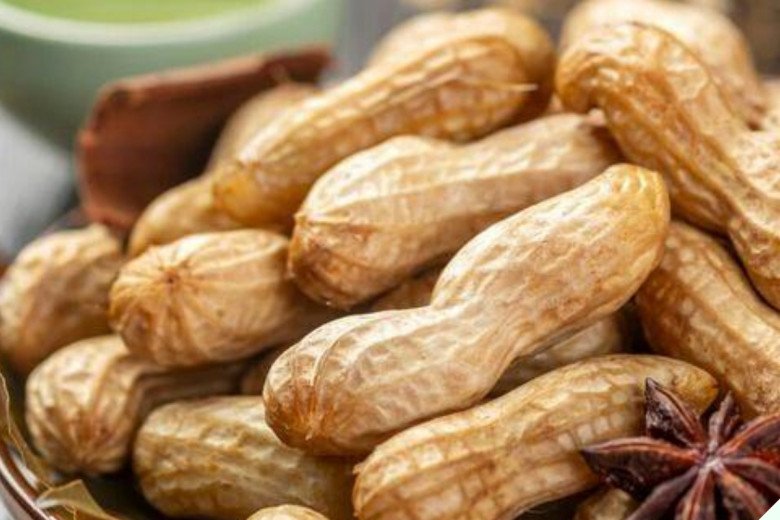
There are many delicious peanut-based dishes, such as ridge gourd soup with peanuts, salted roasted peanuts, peanut toppings for salads and spring rolls, and peanuts as a beer snack. However, one of the most popular and rustic dishes is boiled peanuts.
Usually, freshly plucked peanuts are used for boiling. If you have dried peanuts, soak them overnight before boiling. Boiling peanuts is simple, but there is a trick to making them extra tasty. A restaurant chef revealed that by adding two extra steps, the boiled peanuts become more flavorful, aromatic, and juicy, leaving customers asking for the recipe.
Cleaning the Peanuts
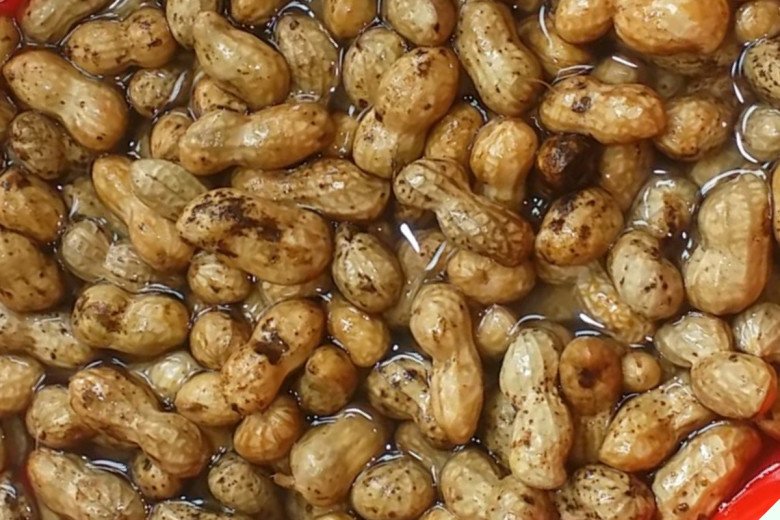
Fresh peanuts tend to be very dirty, so it’s important to wash them thoroughly to remove all the soil.
After cleaning, use your hands or a knife to gently crush the peanut shells. This step will help the boiled peanuts absorb the flavors better.
Additionally, soak the peanuts in a mixture of salt and vinegar for about 20 minutes before cooking. These ingredients will soften the shells, making the peanuts cook faster.
Marinating
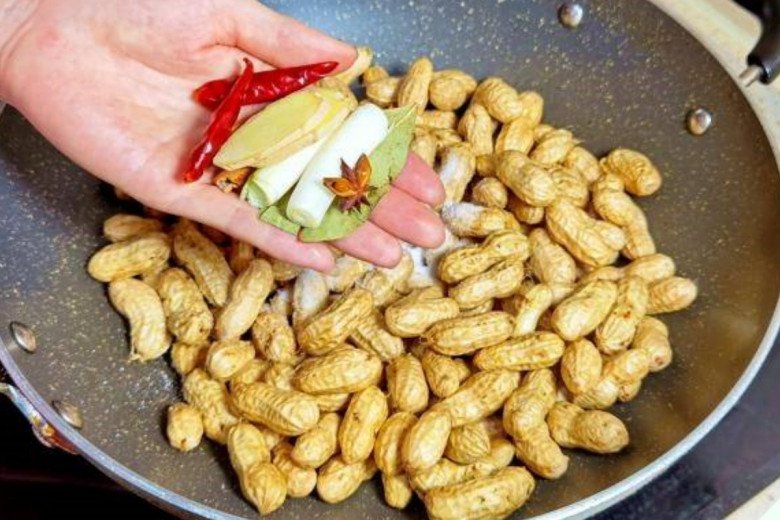
This step might sound unusual, but it’s the key to enhancing the flavor of boiled peanuts. First, put salt, pepper, cloves, bay leaves, onion, and dried chili in a pot, add water, and bring it to a boil. Then, soak the cleaned peanuts in this mixture for 1-2 hours.
Marinating the peanuts before boiling will make them more flavorful, juicy, and aromatic. After marinating, place the pot on the stove and boil the peanuts as usual. Once the water boils, reduce the heat and simmer for another 20 minutes before turning off the heat.
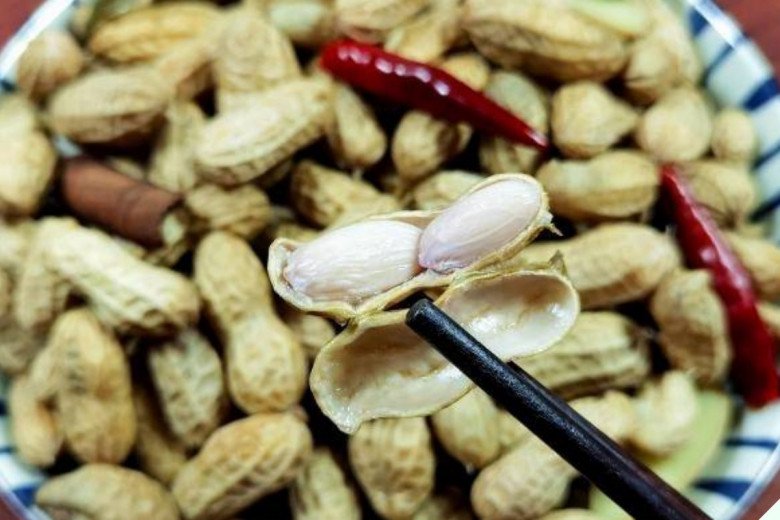
When the peanuts are cooked, serve them on a plate and enjoy. The flavor of these boiled peanuts is exceptionally delicious. For any leftover fresh peanuts, sprinkle some salt and store them in a ziplock bag in the freezer. This will keep them fresh for a few months.
Ingredients
– Fresh peanuts
– Salt
– Onion
– Ginger
– Cinnamon
– Bay leaves
– Cloves
– Dried chili
Instructions
1. Wash the peanuts thoroughly to remove any soil or sand. Gently squeeze the shells to create cracks, which will help the peanuts absorb flavors and cook faster.
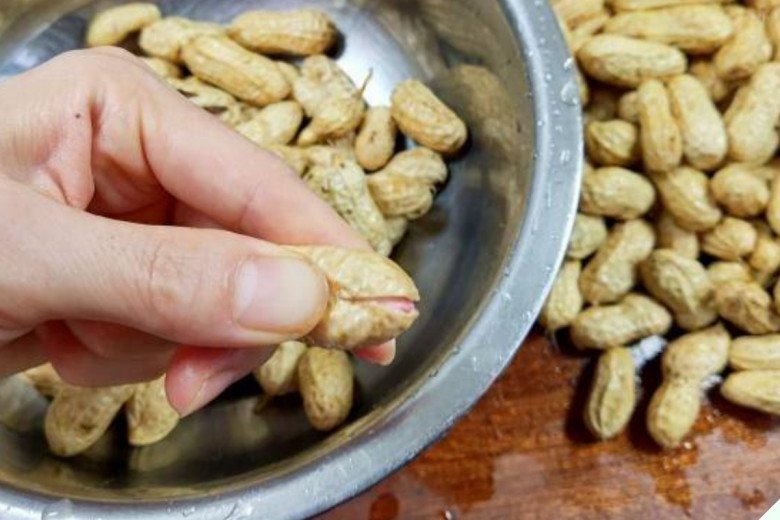
2. In a pot, add salt, onion, ginger, cinnamon, bay leaves, cloves, and dried chili. Pour in water and bring it to a boil.
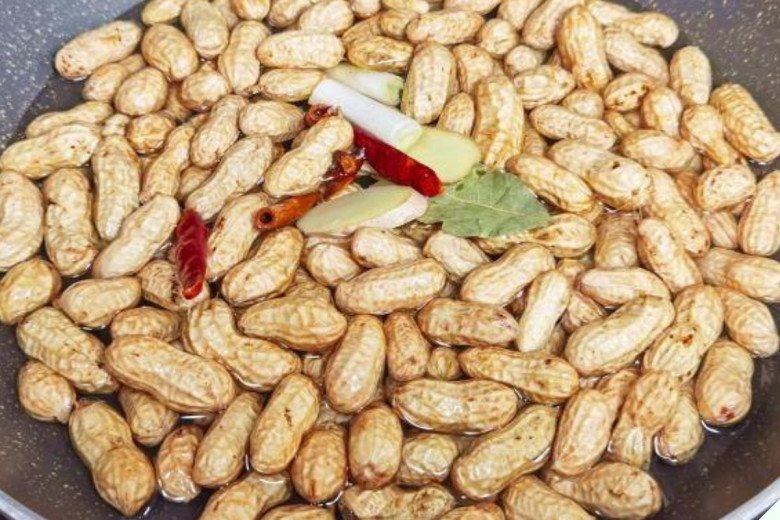
3. Soak the peanuts in the spiced water for 1-2 hours to allow them to absorb the flavors.
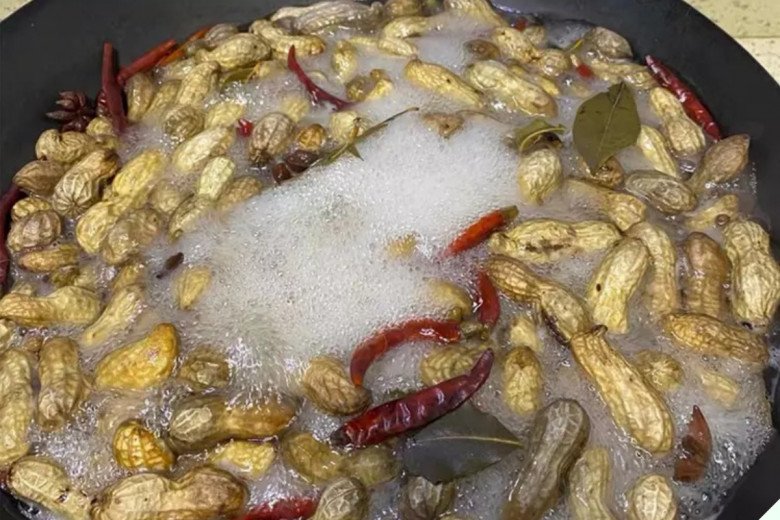
4. Turn on the stove and boil the peanuts. Once the water boils, reduce the heat and simmer for about 20 minutes.
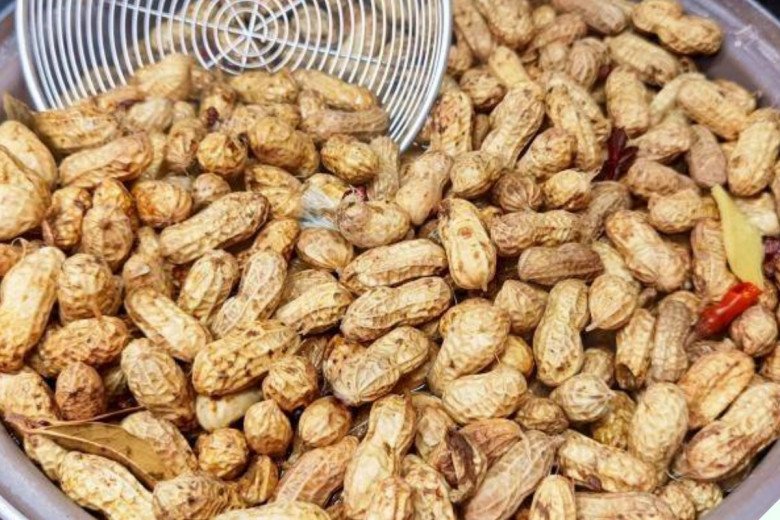
For the best results, soak the boiled peanuts in the spiced water for an additional 15-20 minutes before serving. This boiling method produces extremely tasty, flavorful, and aromatic peanuts that are perfect as a beer snack or appetizer.
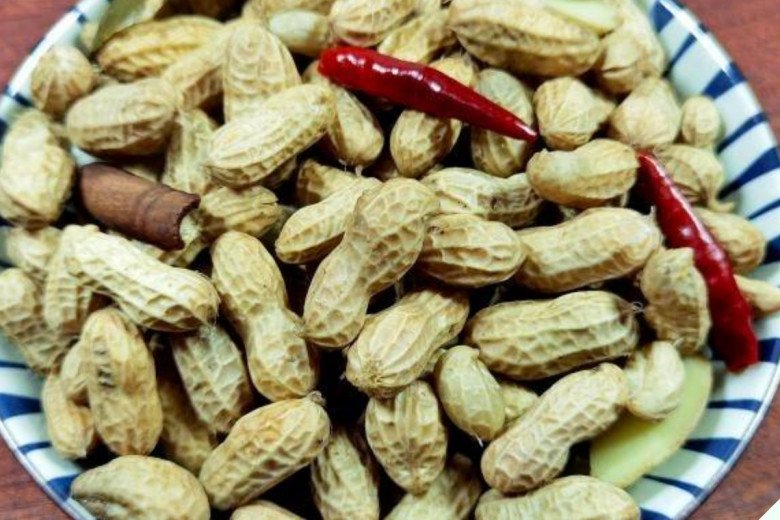
In addition to the above tips, choosing high-quality peanuts is essential for a delicious boiled peanut dish. When purchasing peanuts, keep the following in mind:
– Opt for peanuts with an attractive yellow color and no signs of mold, insects, or rot.
– Try to crack open a peanut shell. If the peanut inside is plump, with a thin shell, it’s a good sign.
– Fresh peanuts have a distinct aroma. Avoid buying them if you detect any strange or foul odors.
– For a sweeter taste, choose peanuts with wrinkled yellow shells. If you prefer a richer, fattier flavor, go for older peanuts with darker, spotted shells.
The Ultimate Guide to Eggplant Preparation: A Chef’s Secrets Unveiled
The aubergine, or eggplant, is a versatile vegetable with a unique taste and texture. This article will reveal tips and tricks to prepare and cook aubergine to perfection, enhancing its natural sweetness and reducing any bitterness. Discover the secrets to unlocking the full potential of this nutritious vegetable with our expert guide.
The Ultimate, Oil-Free Frying Solution: A Sprinkle of Magic Powder
Are you tired of the oil splattering all over your kitchen every time you fry something? Well, worry no more! This amazing powder is the solution to all your frying woes. With just a sprinkle, you can say goodbye to oil splatters and hello to a clean and hassle-free frying experience. Imagine being able to fry up your favorite foods without the fear of hot oil flying everywhere. It’s time to take back control of your kitchen and enjoy mess-free frying like never before!

